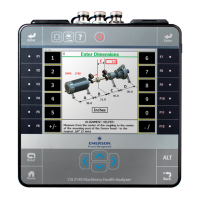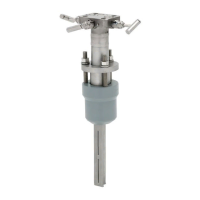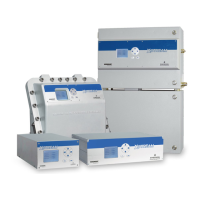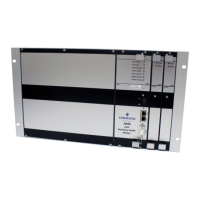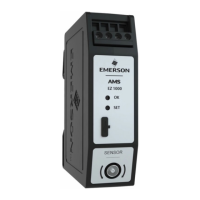Figure 5-2: PeakVue waveform
While PeakVue is very useful for providing an early indication of impact-related faults in
rolling-element bearings, there are many general applications where a lower-frequency
measurement is more appropriate. Also, virtually all vibration analysts are very familiar
with the Overall Velocity measurement and use it as part of their existing vibration
programs. While it may not be possible to obtain a measurement result comparable to the
PeakVue value reported by the AMS Wireless Vibration Monitor with a non-Emerson unit,
the Overall Velocity measurement is common throughout the industry and should be easy
to correlate with results from handheld instruments.
There are, however, a number of different methods for measuring and reporting Overall
Velocity, so ensure that the measurement conditions are similar when trying to duplicate
the value reported by the AMS Wireless Vibration Monitor with a handheld. The AMS
Wireless Vibration Monitor uses ISO 10816, which defines a measurement bandwidth of 2
Hz to 1 kHz. The ISO 10816 general fault levels at various turning speeds are shown in
Figure 5-3.
Overall Velocity, PeakVue, and temperature User Guide
July 2020 MHM-97927-PBF
54 MHM-97927-PBF, DRAFT
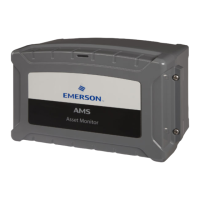
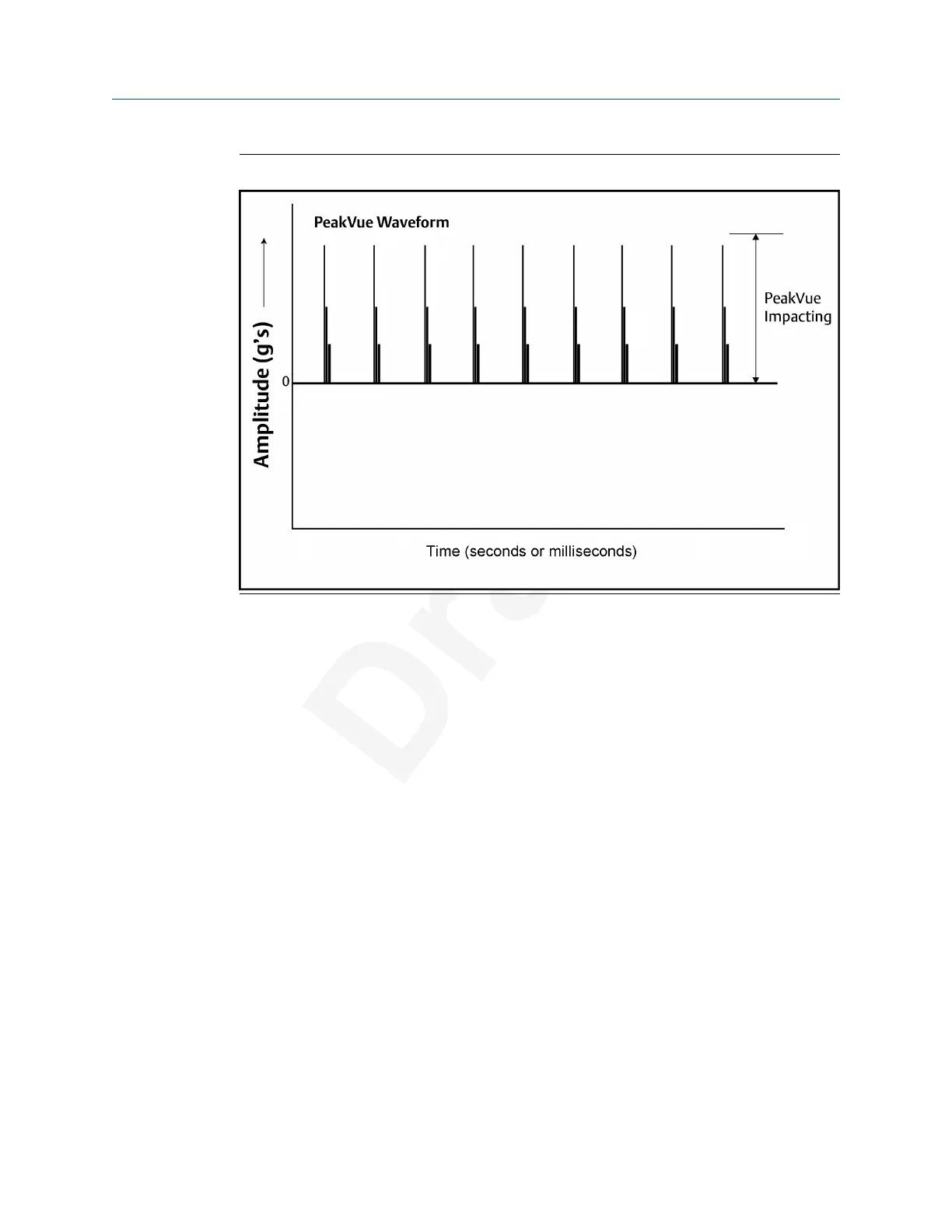